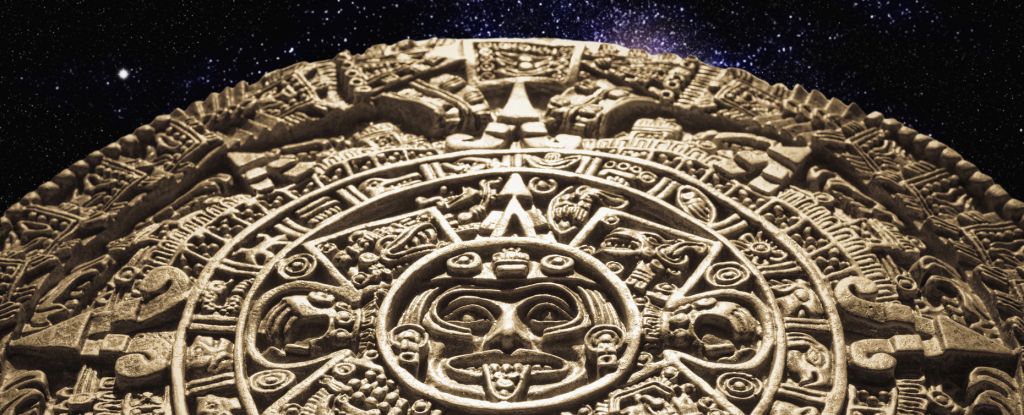Scientists have finally understood why there is a period of 819 days in the Maya calendar. It turns out that it is associated with the synodic periods of the rotation of all the planets that can be observed in the sky with the naked eye.

Mysterious cycle of 819 days long
Anthropologists John Linden and Victoria Bricker from Tulane University claim that they have solved another mystery of the Maya calendar and it is closely related to astronomy. This time-keeping system is known to the public by the fact that it is referred to, predicting the end of the world, which will not come in any way.
But experts know that this is not one, but several calendar systems connected to each other. And its greatest mystery was actually the existence of a cycle of 819 days long. Usually, the frequency of calendars is tied to some astronomical events, but here scientists have not been able to understand what can be observed in the sky during this period.
Clarity is not added by the fact that on the walls of Maya temples this period of 819 days is repeated four times in four colors. For some time, scientists believed that these were the sides of the world. Red — east, white — from the north, black — from the west, yellow — from the south.
Only later they realized that it was actually the position of a celestial body in the sky. The cycle of four colors is rising, standing at the zenith, setting below the horizon and staying in the nadir of something, such as the Sun.
Synodic periods
This interpretation immediately suggested to scientists that we could be talking about the synodic period of the celestial body. This is the name of the time intervals during which the planets or the Moon will line up with the Sun in the sky of the Earth, that is, at noon they are exactly at the zenith.
Scientists have easily established that 819 days are exactly 7 synodic periods of Mercury. But to understand why the Maya chose this not the brightest planet of the Solar System to count time, why they multiplied it by seven, and why there are four periods here.
It was possible to solve the riddle in the new study when scientists multiplied 819 days by 20, so 5 times × 4. It turns out that in this case, the synodic periods of other planets are also invested in the resulting cycle.
Mathematics of the Maya calendar
Thus, seven synodic periods of Venus of 570 days each correspond to five cycles of 819 days. The synodic period of Mars is 780 days. If you deduct them 21 times, it turns out that this is exactly the same number of days as in 20 counts of 819-day cycles.
Jupiter has a synodic period equal to 399 days. If you multiply it by 39, you get the same sum of days as the 19 counts of 819-day cycles. Well, the 13 counts of 378-day synodic periods of Saturn are 6 counts of 819-day cycles.
In fact, the 819-day cycle unites all synodic periods of planets visible to the naked eye. Moreover, it is closely related to other Maya calendars. For example, 20 counts of 819-day cycles is 16 counts of 380. And this is the smallest common divisor of 819 and 260. And the last number is the number of days in the ceremonial cycle, according to which the Mesoamerican people celebrated all their holidays.
At the same time, for agricultural work, the Maya used a completely different calendar with the usual 365 days. And a complex system with 819-day cycles was used only in the religious representations of the priests, in which very accurate astronomical knowledge was combined with prejudice and mysticism.
According to www.sciencealert.com
Follow us on Twitter to get the most interesting space news in time
https://twitter.com/ust_magazine
